Harley Quinn is one of DC’s biggest characters. Along with receiving her own animated series, having an ongoing comic book, and being played by Margot Robbie and Lady Gaga on the big screen, Harley Quinn receives another comic series with Multiversity: Harley Screws Up the DCU by Frank Tieri, Logan Faerber, and Ferran Delgado.
In Multiversity: Harley Screws Up the DCU Issue #1, Harley returns to Coney Islands and reunites with her Gang of Harleys. Mid-reunion, she learns a benefactor has left her a time machine, which she uses. Sent to a new timeline where Starro has conquered the world, it’s up to Harley and a mysterious individual to save the day.

Comics are no stranger to time travel shenanigans, and Harley has been subject to something like this in Harley’s Little Black Book. With this in mind, it’s on Tieri to deliver something unique with Harley Screws Up the DCU. Thankfully, the character lends herself to meta-commentary, and toward the end, readers see great potential for this comic to challenge the status quo. In fact, the meta-commentary is where Tieri’s humor shines the best, but some of the jokes fall flat.
While Harley is a comedic character, Tieri relies too much on quips and often over-explains the joke. A lot of the humor reads as an attempt to keep Harley hip, but in doing so, the jokes become dated. Case in point, Harley makes a hashtag joke in the middle of a life-or-death chase. On top of that, many of the characters are tonally too similar when it comes to humor. If it was just Harley cracking wise in Harley Screws Up the DCU, then that would be one thing, but there is not enough variety between the other characters to make her humor feel unique.
Harley Screws Up the DCU is a fun concept, especially as it brings readers back to Harley’s time on Coney Island. It’s clear that Tieri wants to emulate the New 52 era, which was full of absurd, irreverent stories for Harley. Tieri captures the heart of this era, but it feels like a recreation as opposed to something new. Hopefully, as the series progresses, readers will see Tieri fully explore the stories and characters he loves in his own way.

Faerber’s art is the best part of Harley Screws Up the DCU. Harley Quinn’s roots lie in animation, and Faerber’s style emulates this. There is a rubbery feeling to his illustrations. His characters are hyper-expressive, and the first page highlights this adorably when Harley reunites with her gang. Despite this cute, fun art, there is still a viciousness to Harley. Once again, Harley is more than a joke, and the contrast between her silly side and her violent side captures that. Seeing Harley revel in her attacks is always fun, and Faerber delivers a bloody good time.
Faerber also colors Harley Screws Up the DCU, and readers are grateful for that. Harley is a loud character, and Faerber’s colors capture her vivacious nature. As seen in the splash page of Harley time traveling, Faerber has a penchant for warm hues. This lends itself to the nostalgic and apocalyptic tone of the timeline Harley finds herself in and to some dynamic action moments. Delgado’s lettering shines in these moments. His sound effects emulate ’80s sci-fi through radical, electrifying fonts and bold colors. As for the dialogue, some of the bubbles feel overcrowded, especially in the moments where a joke overstays its welcome.
Overall, Harley Screws Up the DCU has a solid concept to build on that will hopefully find a better balance of nostalgia and innovative storytelling in the future. Readers should check out the first issues for the art alone, as Faerber delivers a style that perfectly compliments the wild character that is Harley Quinn. Now it’s up to the writing to tighten up, so fans can fully enjoy Harley’s Multiversity escapade.

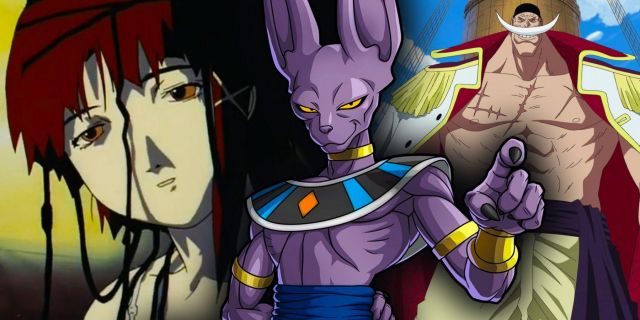


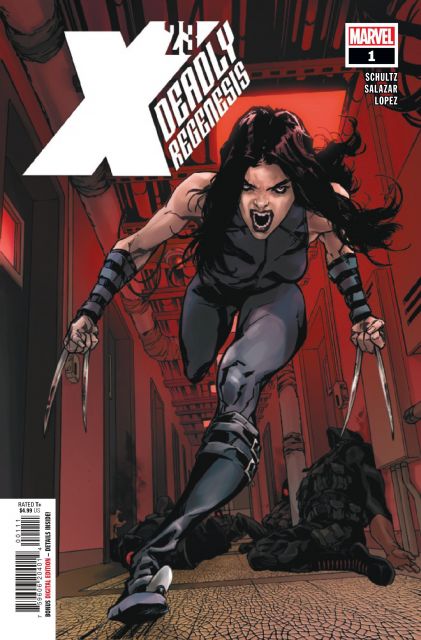
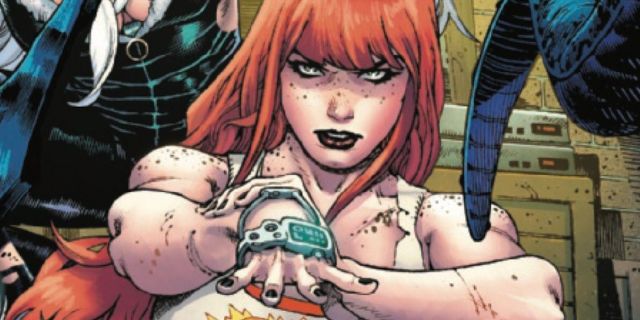
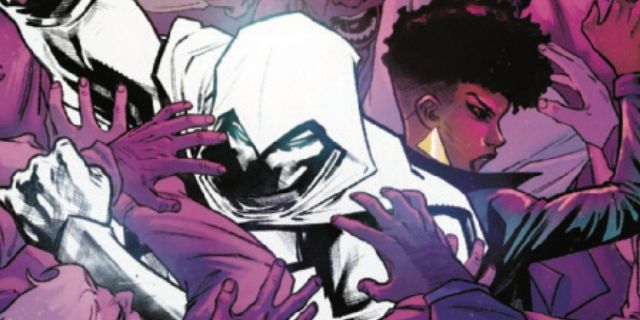


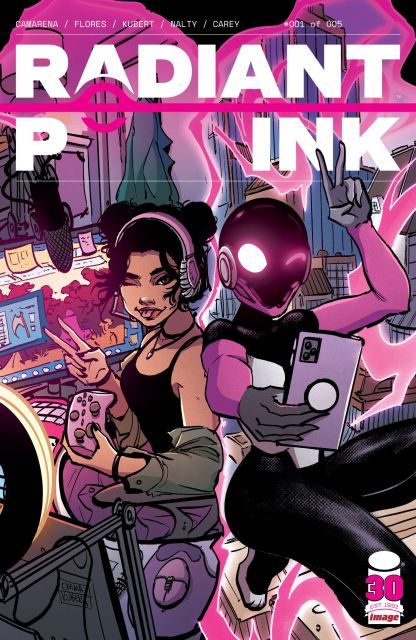





Leave a Reply